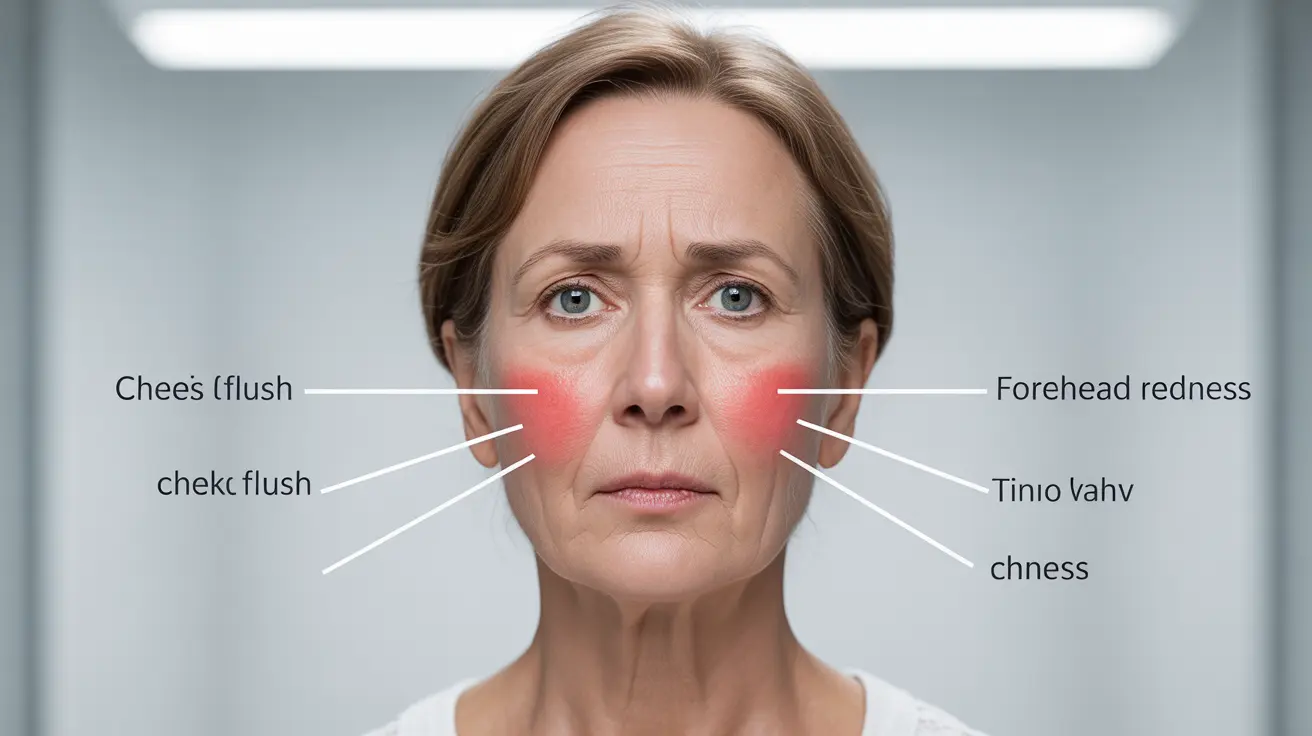Facial flushing can be more than just a temporary reaction to embarrassment or heat. For many people, recurring flushing episodes may signal an underlying endocrine disorder that requires medical attention. Understanding these conditions is crucial for proper diagnosis and treatment.
In this comprehensive guide, we'll explore the various endocrine disorders that cause flushing, their distinct characteristics, and available treatment options. This knowledge can help you better communicate with healthcare providers and manage your symptoms effectively.
Carcinoid Syndrome and Flushing
Carcinoid syndrome occurs when rare neuroendocrine tumors release certain hormones into your bloodstream. The characteristic flushing associated with this condition typically affects the face and upper chest, appearing as a deep red or purple discoloration that can last from minutes to hours.
- Alcohol consumption
- Spicy foods
- Strenuous exercise
- Emotional stress
- Certain medications
Managing Carcinoid-Related Flushing
- Somatostatin analogs to reduce hormone production
- Avoiding known triggers
- Dietary modifications
- Regular monitoring of symptoms
- Medications to control specific symptoms
Pheochromocytoma and Associated Symptoms
Pheochromocytoma, a rare tumor of the adrenal glands, produces excess catecholamines that can cause distinctive flushing episodes. Unlike other conditions, pheochromocytoma-related flushing often occurs alongside dramatic blood pressure spikes and heart palpitations.
Diagnostic Approach
- 24-hour urine tests for catecholamines
- Blood plasma metanephrine tests
- Imaging studies (CT, MRI)
- Genetic testing in some cases
- Clinical evaluation of symptoms
Pancreatic Neuroendocrine Tumors
Pancreatic neuroendocrine tumors (pNETs) can cause flushing through the release of various hormones. The pattern and presentation of flushing may vary depending on the specific type of tumor and the hormones it produces.
Treatment Options
- Surgical removal when possible
- Targeted therapy medications
- Hormone-blocking treatments
- Regular monitoring
- Symptom management approaches
Cushing Syndrome and Facial Flushing
Cushing syndrome presents with a unique type of facial flushing that differs from other endocrine disorders. The flushing typically accompanies other characteristic symptoms like facial rounding, weight gain, and purple stretch marks.
Distinctive Features
- Persistent facial redness
- Central obesity
- Thin, fragile skin
- Buffalo hump formation
- Muscle weakness
Frequently Asked Questions
What endocrine disorders are most commonly associated with skin flushing and how do they cause it?
The most common endocrine disorders causing flushing include carcinoid syndrome, pheochromocytoma, pancreatic neuroendocrine tumors, and Cushing syndrome. These conditions cause flushing through the excessive production of various hormones that affect blood vessel dilation and blood flow to the skin.
How can flushing caused by carcinoid syndrome be managed and what triggers should be avoided?
Carcinoid syndrome-related flushing can be managed through medication like somatostatin analogs and by avoiding triggers such as alcohol, spicy foods, and stress. Dietary modifications and lifestyle changes play crucial roles in reducing episode frequency.
What symptoms accompany flushing in pheochromocytoma and how is this condition diagnosed?
Pheochromocytoma flushing typically occurs with high blood pressure, rapid heartbeat, and anxiety. Diagnosis involves 24-hour urine tests, blood plasma metanephrine measurements, and imaging studies to locate the tumor.
What treatments are available for flushing related to pancreatic neuroendocrine tumors?
Treatment options for pNET-related flushing include surgical removal of the tumor, targeted therapy medications, hormone-blocking treatments, and symptom management strategies. The specific approach depends on tumor type and location.
How is facial flushing different in Cushing syndrome compared to other endocrine disorders that cause flushing?
Cushing syndrome flushing typically presents as a persistent facial redness accompanied by distinctive features like facial rounding, central obesity, and purple stretch marks. This differs from the episodic flushing seen in other endocrine disorders.




